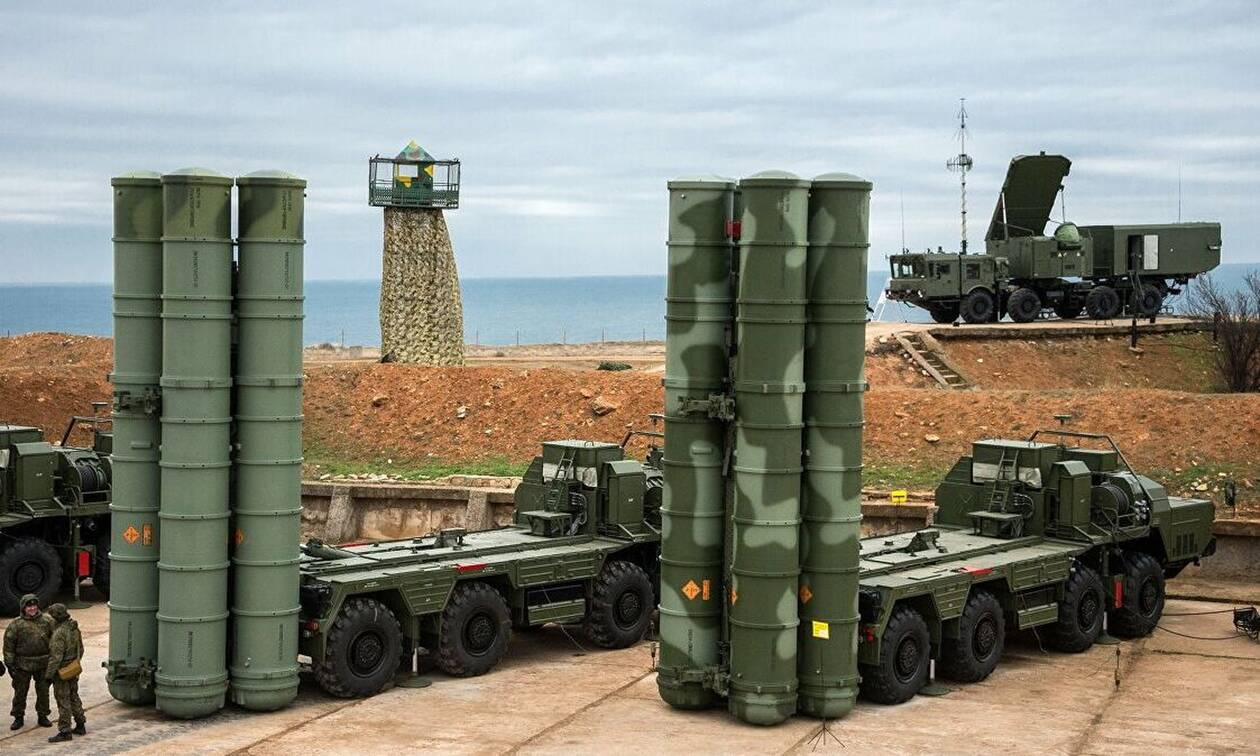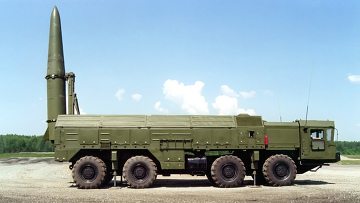Explained|S-500 Air Defence System: Will India Be The First Customer of S-500 Air Defence System?

Key Highlights
- "The S-500 is a slap in the face of American prestige."
- Russia is the only country to successfully develop a defensive system capable of countering such missiles, despite the fact that its archrival, the United States, has yet to operationalize any of its hypersonic weapons.
- China, on the other hand, has already operationalized its hypersonic weapons, which it has been building for some years.
- The S-500, however, may not be exportable, analysts believe.
- However, informed sources have indicated that the Russians are also likely to make a formal offer to India for the export of the S500 system, which the country has already developed and expressed interest in supplying to both China and India.
Advertisement

The Russian S-500 developed to confront NATO's sophisticated stealth platforms, including as the F-35 Lighting II and F-22 Raptor, which are widely considered to be the world's most advanced fighter aircraft.
The S-500 is a significant advancement over its predecessor, the S-400, and it introduces new capabilities to defensive warfare that no country currently possesses.
The most noteworthy feature is the improved 77N6 series missiles, which will be used to intercept hypersonic missiles and other weapons platforms travelling faster than Mach 5.
The S-500 enhances interception range by being capable of engaging ballistic missiles at a range of 600 kilometres, with a potential to hit at least ten missiles approaching at a speed of over 7 kilometres per second.
Advertisement
What Is All The Fuss About The S-500?
Graphic shows details of S-500 air defence missile system.
Additionally, the developers claim the system is capable of destroying low-earth orbit satellites or space weapons fired from hypersonic aircraft, as well as striking hypersonic unmanned aerial vehicles and orbital platforms. This will be a game-changer in the arena of defensive warfare.
According to senior Russian military sources, the S-500 will enhance existing air and missile defence systems. The system is anticipated to be added to Russia's already extensive air defence layers, which include the S-400 and S-300 systems, as well as a sizable inventory of short- to medium-range surface-to-air missile (SAM) systems.
Russia is sure that the new system, with its superior targeting suite and networking capabilities, will be able to detect and shoot down the fifth-generation F-35 stealth aircraft, which is capable of evading the majority of radars and penetrating enemy air defence systems undetected.
"The S-500 is a slap in the face of American prestige." Our technology neutralises American offensive weapons and outperforms all of America's much-hyped anti-air and anti-missile defence systems," Almaz-Antey chief engineer Pavel Sozinov told Moscow's media.
Advertisement
Can the S-500 Fly to Extremely High Altitudes?

Putin himself lauded the new S-500 'Prometheus,' which he claims is capable of operating at "ultra-high altitudes, including approaching space."
Hypersonic weapons travel at least five times the speed of sound and have the capacity to manoeuvre precisely in order to hit their target. The high speed imparts immense kinetic energy to the missile, which can do significant damage to a target even without blowing the warhead. Suppressing such weapons has become a significant challenge for manufacturers of next-generation air defence systems.
Russia is the only country to successfully develop a defensive system capable of countering such missiles, despite the fact that its archrival, the United States, has yet to operationalize any of its hypersonic weapons.
According to National Interest, Putin told reporters last year that his country is actually a step ahead of the rest of the world, since it is creating capabilities to stop hypersonic missiles even before any of its prospective opponents do.
"Among other things, we are developing a 'antidote' against future hypersonic weapons in other nations, in the world's other great forces," Putin stated, according to Russian news agency Tass.
The United States is developing hypersonic weapons through a succession of initiatives, although all attempts to build a weapon have been unsuccessful thus far. The country's April hypersonic test failed. China, on the other hand, has already operationalized its hypersonic weapons, which it has been building for some years.
Advertisement
Experts Opinion

Colonel-General Sergey Surovikin, Commander-in-Chief of the Aerospace Forces (VKS), stated in an interview last year that "the primary mission of the complex (S-500) is to destroy medium-range ballistic missiles and, if necessary, intercontinental ballistic missile warheads in the final section of their flight path."
According to him, the S-500's tactical and technical qualities place it in the first generation of anti-space defence systems, as it will eventually be capable of destroying low-orbit satellites and space weapons.
All of these characteristics combine to make the S-500 the world's most advanced and powerful air defence system. The system is expected to provide vital protection for Moscow, Russia's capital, by erecting an additional impregnable layer of security over the city.
While the previously produced S-400 received widespread notice, the system was sold to a number of countries. The S-500, however, may not be exportable, analysts believe.
Advertisement
India to be formally offered the S500 missile system?

Russian President Vladimir Putin's visit to India next month for an annual summit is expected to coincide with the arrival of the first S400 system in the country. However, informed sources have indicated that the Russians are also likely to make a formal offer to India for the export of the S500 system, which the country has already developed and expressed interest in supplying to both China and India.
The S500 system is not viewed as a step forward from the S400 system, but rather as an interesting addition to its capabilities, enabling it to counter hypersonic glide and cruise missiles that the S400 system is incapable of countering.
Customers of the S400 will be interested in the capabilities of the S500 based on the capabilities of the air defence system they currently own, Russian media reported lately, and India and China will be the first to receive this system as both nations have acquired it. China may be the first to seize this opportunity, but Russians want India to make the initial move.
Advertisement
